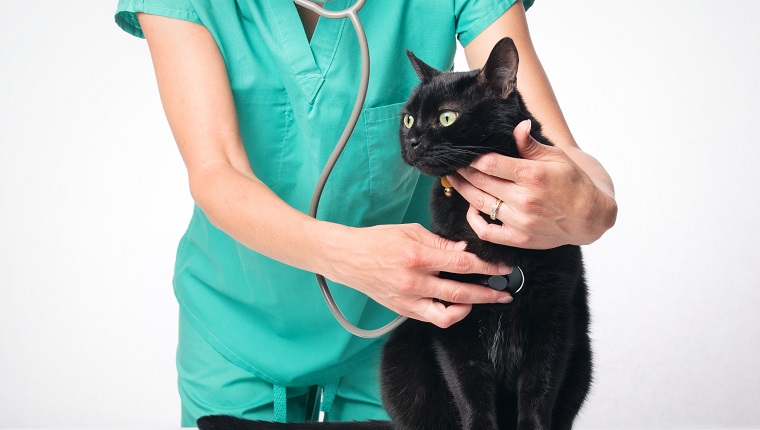Pulmonic stenosis in cats is a medical condition that causes issues with the way blood can flow through a cat’s pulmonary valve in the heart. The valve thickens and narrows, slowing blood flow through the valve and into the pulmonary artery.
This might be an uncommon condition, but it can also lead to congenital heart failure in certain circumstances.
…




